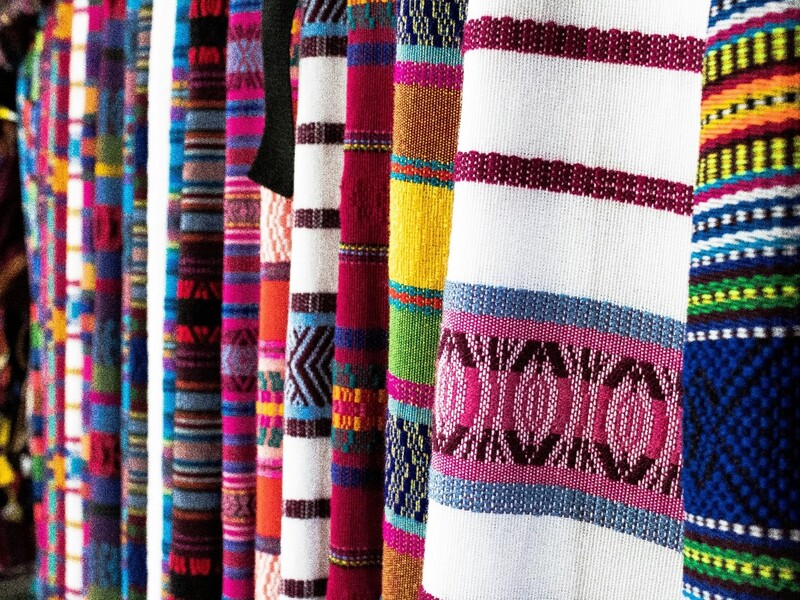Threads of Tomorrow: Why Textile Design Still Matters

In a world where innovation meets sustainability, textile design is no longer just about patterns and prints—it's a powerful fusion of creativity, technology, and tradition. Once perceived merely as decorative art, it has evolved into a dynamic discipline that plays a vital role across industries—from fashion and interior design to automobiles, sportswear, and even healthcare.
Cultural Communication Through Textiles
Textile design is a powerful medium for cultural communication. Particularly in indigenous and local communities, patterns, weaves, and motifs perform as conduits for resistance, identity, and legacy. Ancient crafts like block printing, embroidery, and handloom weaving are popular again as a result of the growing interest in slow fashion and handcrafted traditions.
Role of Textile Designers in the Technological Era
Apart from being artists, today textile designers are technologists and problem solvers as well. They emphasise global challenges—ranging from the development of eco-friendly textiles made from recycled fibres and agricultural waste to innovations in smart fabrics. In an effort to reduce environmental impact, designers are increasingly embracing circular design systems, natural dyes, and zero-waste pattern-making techniques.
Furthermore, the way textiles are designed and experienced has evolved as a result of digital tools like AI, CAD, and 3D prototyping. These technologies meet the needs of a fast-paced, tech-savvy age by enabling rapidity, precision, and personalisation.
Textiles in Medical and Sports Applications
Beyond aesthetics, textiles also play a crucial role in functionality—affecting acoustics, insulation, and comfort in various settings. Their applications are rapidly expanding, from antimicrobial fabrics in hospitals to high-performance materials in sportswear, showcasing their significance in both wellness and performance.
A Future-Focused Approach
Textile design today represents a powerful blend of form, function, and meaning—far beyond surface decoration. As the world confronts complex environmental and technological challenges, textile design remains deeply relevant and full of potential.
At the Presidency School of Design, our B.Des. Fashion Design programme offers hands-on education in practical textile design, preparing students for a sustainable, innovation-driven future. Here, they learn to bridge the gap between tradition and technology and to lead change in a rapidly evolving global industry.
Madhusudana M
Assistant Professor
Presidency School of Design












 Rajanukunte, Yelahanka, Bengaluru, Karnataka, Pin: 560119, India
Rajanukunte, Yelahanka, Bengaluru, Karnataka, Pin: 560119, India
 +91 9022092222
+91 9022092222